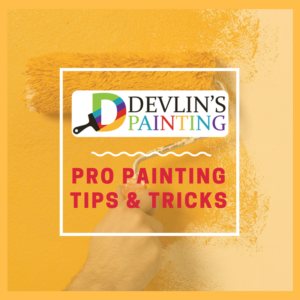 Are you just finishing an interior remodeling project and faced with painting in cold weather? It can be done, but the temperature of your house and the walls can affect the quality of the job and how long it lasts. If you are a home builder or contractor working year round, or just need to get a new baby’s nursery painted ASAP, here are some tips for interior painting in winter.
Are you just finishing an interior remodeling project and faced with painting in cold weather? It can be done, but the temperature of your house and the walls can affect the quality of the job and how long it lasts. If you are a home builder or contractor working year round, or just need to get a new baby’s nursery painted ASAP, here are some tips for interior painting in winter.
Ventilation
Unless you love the smell of fresh paint, ventilation is one of the major concerns of painting in cold weather. If it’s below 50 degrees Fahrenheit and you can’t stand to have the windows open, your best bet is to choose a low-VOC or no-VOC latex paint. The formulas produce very little or no odor because they are made without volatile organic compounds, chemicals in regular paint that have been linked to some respiratory illnesses.
Paint Storage
Both oil-based and latex paints are affected by cold temperatures. Oil-based paints become thicker, but latex paints will actually freeze and thaw. If you are using stored paint that might have frozen at some point, check it for lumps before you start rolling it on. If the consistency is clumpy, buy new paint. And if you want to store unused paint in a cold area, purchase an additive made for latex paint to make it freeze/thaw resistant.
Drying Time
Before you paint, turn up the thermostat or use space heaters to warm up the room, and plan on painting only during the warmest part of the day, in natural light. If you have a non-contact infrared thermometer, use it to gauge the surface temperature of the walls or trim. Most latex paint requires four hours of drying time at a temperature above 70 degrees, and six hours or more at 50 degrees. If the surface and room are colder than that, allow more time before adding a second coat of paint. Try to avoid interior painting right before a period of subzero weather, as the temperature change can affect how the paint cures.
Watch for Problems
Be aware that cold weather interior painting, even if you prepare the room and use a good primer, can result in poor color uniformity, cracking, spotty coverage, and other issues. If you start your project and don’t like the results, you can troubleshoot with paint additives, better-suited rollers or brushes, or trying to add heat to the space. If those solutions aren’t making a difference, you might be forced to wait until the cold snap is over to finish the job.
